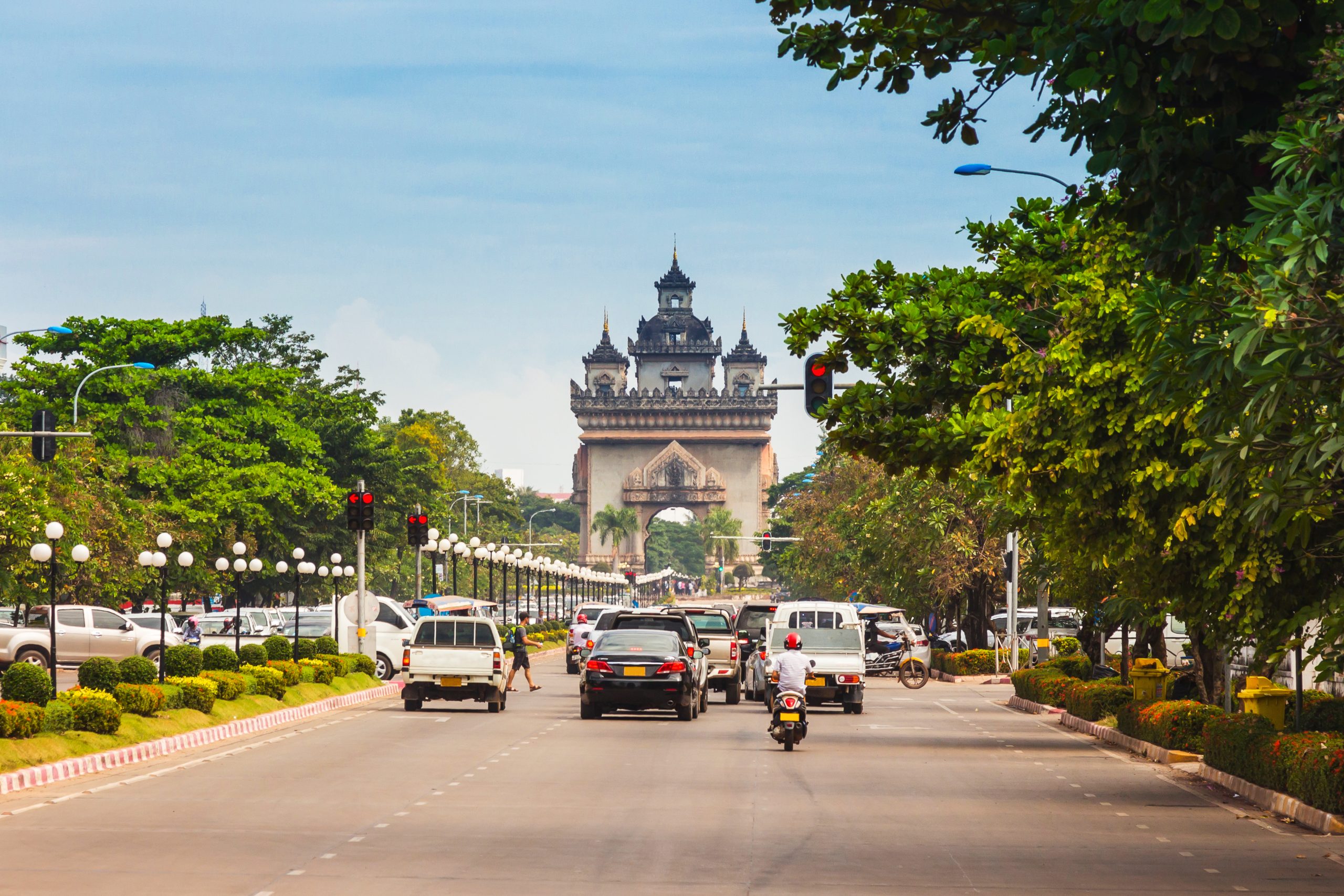According to the World Bank report released on 12th January 2021, the Lao economy is set to recover in 2021 and in the medium term, provided the impact of the COVID-19 pandemic is tackled and business can resume with trading partners, even though the economic growth contracted in 2020.
The latest Lao PDR Economic Monitor – Supporting Economic Recovery- finds that the COVID-19 pandemic has had significant adverse effects on growth across the country, plunging the economy into its first recession since the Asian financial crisis of the late 1990s.
The report estimates that the economy will shrink by 0.6 per cent in 2020, with tourism services, wholesale and retail trade, and manufacturing most seriously affected.
Declining economic activity has reduced the government’s ability to collect revenues, which in turn has led to a worsening fiscal situation. The kip has lost value against foreign currencies and this depreciation, along with rising food prices, has caused higher headline inflation.
“While the Lao PDR has so far done very well to tackle the spread of COVID-19, the economic effects of the outbreak have affected the livelihoods of millions of Lao people, and pose a serious risk to sustained poverty reduction,” said Nicola Pontara, World Bank Country Manager. “However, if the pandemic remains under control domestically and business can resume with trading partners, we can expect some recovery in 2021”.
According to the report, GDP growth is expected to rebound to 4.9 per cent in 2021. Medium-term growth would also gradually recover as a result of infrastructure investment and a further pick up in services, exports, and private consumption.
More COVID-19 outbreaks, however, would pose challenges for the recovery, due to the knock-on effects of potential lockdowns or restrictions on trade and tourism.
The report also highlights the rising public external debt burden.
External debt and low foreign currency reserves limit the government’s capacity to adopt a robust fiscal stimulus. Moving forward, priorities include putting public external debt on a sustainable trajectory, improving the generation of revenue to create fiscal space, and supporting those households and firms most severely affected by the economic downturn.
A thematic section, Livelihoods in the Time of COVID-19, identifies the groups most vulnerable to the pandemic, and recommends policy options that could help protect their livelihoods. These include expanding coverage of cash and in-kind food transfers, and promoting skill development for laid-off workers and returned migrants.
Information source: Lao News Agency






